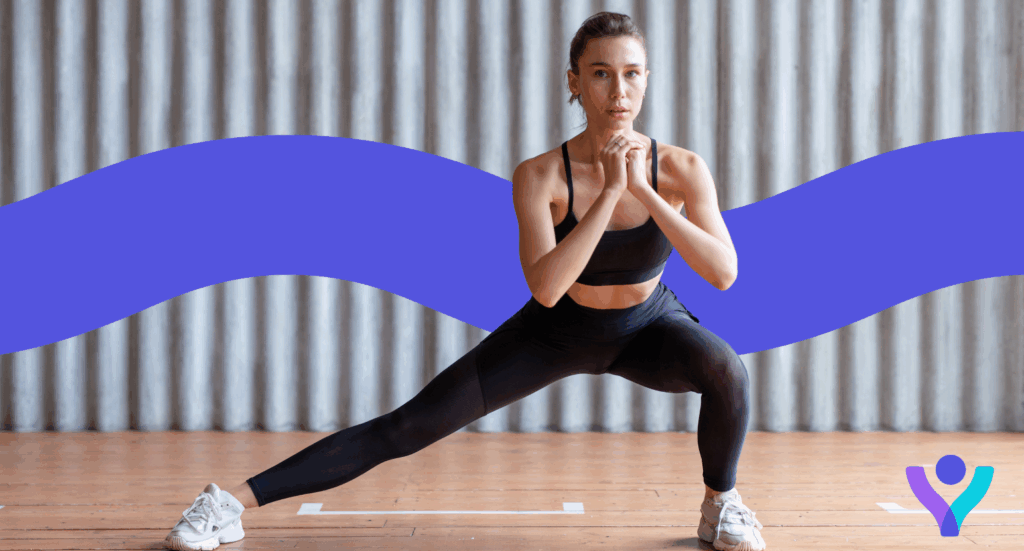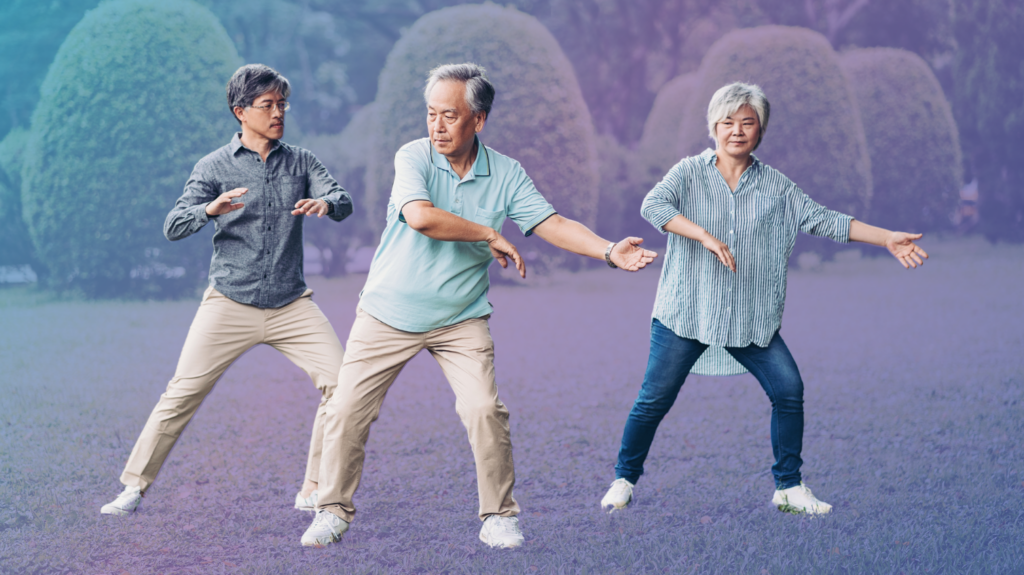It may be spring training season, but we’re filling out our March Madness brackets here at Foothills. We’ve combined our love for basketball and sports therapy to break down one of the gym’s most intense and athletic moves: the vertical jump. The vertical jump measures how high an athlete can jump from a standstill. While it is often associated with sports such as basketball or volleyball, which often require movements mirroring the vertical jump, it is a tried and true test of athletic ability in any sport, from sumo wrestling to football.
Before perfecting your vertical jump in terms of speed, agility, or even height, it is crucial to recognize what powers you through your vertical jump—your legs. According to Greatist expert and trainer Jordan Syatt, a good benchmark is being able to squat 1.5x your bodyweight. However, if you aren’t there yet, keeping your exercises on the vertical plane can help beginners, specifically when trying squats, box jumps, or deadlifts. According to The Poliquin Group, about 65% of your vertical jump can come from these exercises because of their work to strengthen the glutes, which contribute 40% to the vertical jump, and the hamstrings, which contribute the remaining 25%. Conversely, those who are more advanced can try implementing lateral plane exercises or working on the more minor movements involved in the vertical jump.
Men’s Fitness recommends trying Bulgarian Split Squats to improve leg strength! Standing a comfortable distance from a bench, place the top of your foot on the top of the bench, so your non-working leg extends behind you. With your front working leg, descend until your back knee nearly touches the floor. Then, using your working leg, push yourself back to a standing position. Hold a dumbbell in each hand while trying this exercise.
You don’t always need added weight to improve your results; your body weight can often be enough. Weightless squat jumps, according to Greatist, improve strength while also putting your body through the repeated motion of jumping. Once you have the basic movement down, try kicking things up a notch with a move Greatist calls “The Hundo,” performing 100 squats while jumping at maximum effort after every 10.
Practicing the jumping motion is vitally important. According to bodybuilding.com and Greatist, jumping rope can improve many athletic functions, contributing to the explosiveness and timing needed for an improved vertical. Jumping rope also engages the muscles in the lower leg that might be ignored during more traditional squatting exercises.
If you’re looking for sports therapy in Arizona, head to your nearest Foothills clinic. To schedule an appointment with one of our PTs, fill out our appointment request form! Check out the Foothills blog for more information about sports therapy in Arizona.




